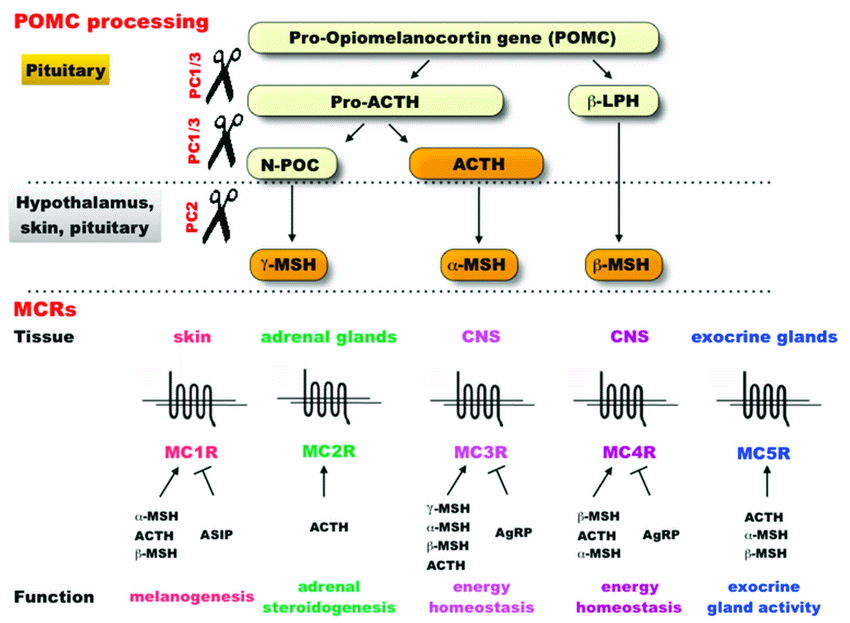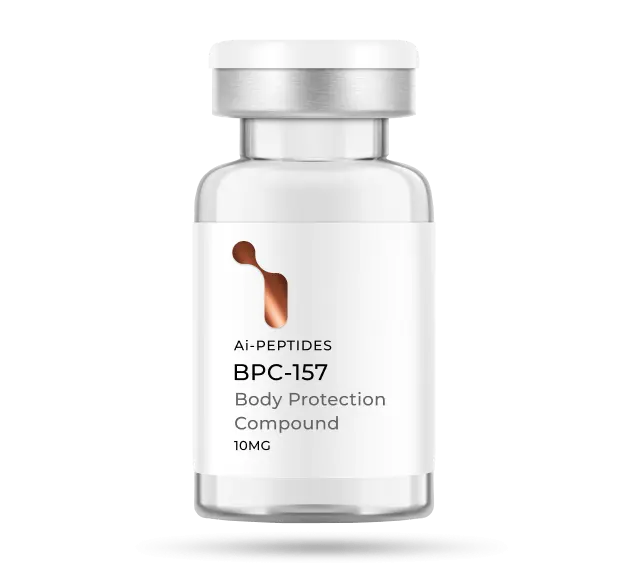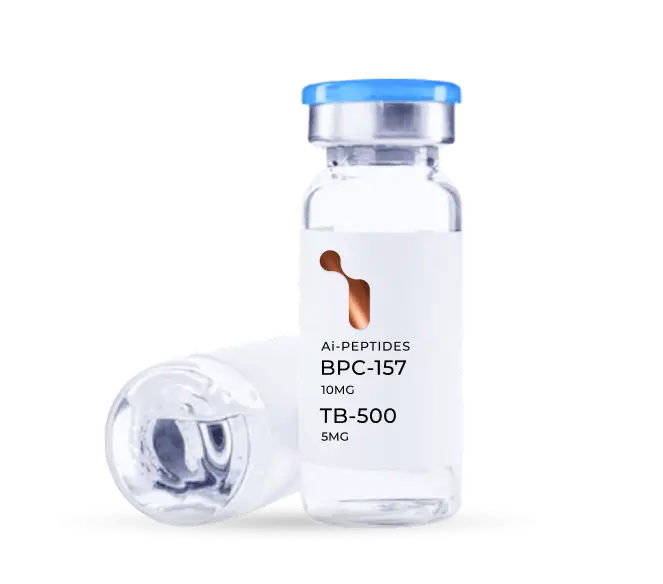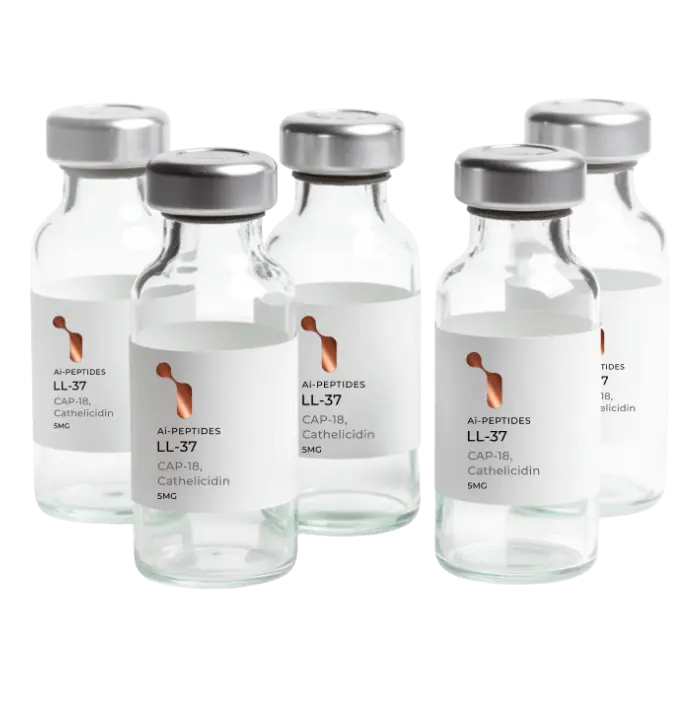Primary Benefits of PT-141 in Summary According to Research
Enhanced Sexual Arousal: PT-141’s mechanism of action as a melanocortin receptor agonist may lead to increased sexual arousal and desire in individuals with FSAD. By targeting specific neural pathways involved in sexual behavior, PT-141 may help improve sexual sensitivity and responsiveness to sexual stimuli, leading to a heightened sense of arousal.
Improved Erectile Function: For men with ED, PT-141 has shown promise in clinical studies as a potential treatment for enhancing erectile function. By promoting vasodilation in the genital area, PT-141 can increase blood flow to the penis, potentially aiding in achieving and maintaining erections necessary for satisfactory sexual performance.
Localized Action: PT-141’s effects are primarily localized to the genital region, which helps minimize systemic side effects that might be associated with widespread vasodilation. This localized action makes PT-141 different from some other medications used to address sexual dysfunctions.Potential Alternative to Existing Treatments: For individuals who do not respond well to or cannot tolerate other treatments for sexual dysfunctions, PT-141 offers a potential alternative approach. Its unique mechanism of action makes it distinct from other medications like phosphodiesterase type 5 (PDE5) inhibitors commonly used for ED.
Psychological Benefits: By enhancing sexual desire and function, PT-141 may have positive psychological effects, boosting self-esteem and overall sexual satisfaction.
Mechanism of Action: PT-141 works by stimulating specific melanocortin receptors in the brain, particularly the melanocortin 4 receptor (MC4R), which plays a key role in regulating sexual function and behavior. Upon administration, PT-141 binds to MC4R, leading to the activation of downstream signaling pathways.





